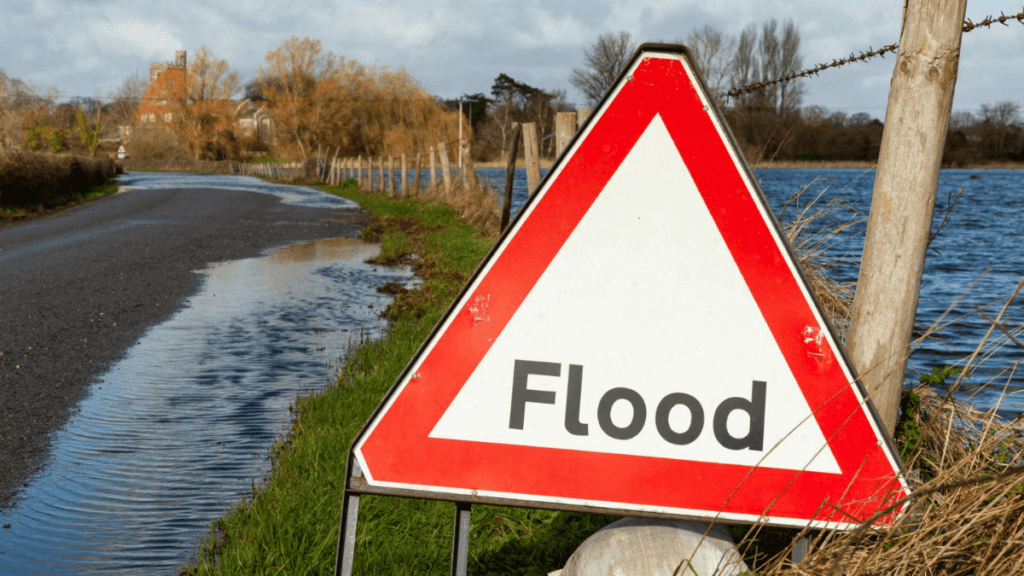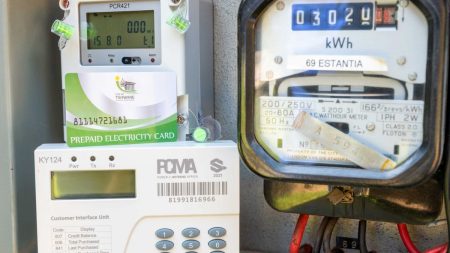Flooding can be one of the most destructive and dangerous natural disasters, especially in areas prone to heavy rainfall or storms. It can cause significant damage to homes, infrastructure, and lives. However, being prepared and informed can make all the difference when the floodwaters rise. In this article, we’ll cover the most crucial flooding safety tips to help you stay safe during this type of disaster.
Understanding flooding safety is essential for anyone living in flood-prone areas, as floods can happen unexpectedly. By following these flooding safety tips, you can minimize risks and ensure the safety of your family and loved ones. Let’s explore the most important flooding safety tips that everyone should know.
1. Stay Informed: Monitor Weather Alerts and Local News
The first and most important of the flooding safety tips is staying informed. Floods can develop quickly, and knowing what’s happening in your area can give you the time you need to prepare.
Weather Alerts: Always keep an eye on weather warnings. Many countries, including South Africa, offer weather alert systems that notify you of severe conditions. You can download weather apps that give you real-time updates about impending floods.
Local News: Tune in to local radio stations, TV stations, or online news sources. Local authorities will often provide updates on flood levels, evacuation orders, and emergency shelters.
Flood Warnings: Pay close attention to flood warnings. These alerts indicate areas at risk of flooding, allowing you to take necessary precautions well in advance.
Tip: Set up flood alerts on your phone so you never miss an important update. This ensures you stay one step ahead of the floodwaters.
2. Stay Indoors: Avoid Driving or Walking Through Floodwaters
One of the key flooding safety tips is to never walk or drive through floodwaters. It can be tempting to assess the situation, but floodwaters hide many dangers.
Don’t Drive Through Flooded Areas: Floodwaters can quickly sweep away your car, even with just a small amount of water. When driving, the water might appear shallow, but it could be hiding large obstacles or strong currents that could drag your car away.
Avoid Walking Through Floodwaters: Walking through floodwaters may seem harmless, but it’s one of the most dangerous things you can do. The water can be deeper than it seems, and even a few inches can knock you off balance or cause you to fall.
Stay Inside: If you’re at home, stay inside and away from windows or doors. Floods can cause structural damage to buildings, and windows can easily break under pressure from rising waters.
Tip: If you’re caught outside during a flood, find higher ground immediately and wait for the floodwaters to subside.
3. Move to Higher Ground: Head to Safe Locations
In flood-prone areas, flooding safety tips include moving to higher ground when you can. Rising waters can quickly inundate lower-lying areas, so knowing where to go when floodwaters rise is essential.
Head to Higher Floors: If you’re in a building, always move to higher levels or floors. Basements and lower levels of homes are the first to flood, so staying on the upper floors offers a much safer alternative.
Seek Higher Ground: If you’re in an area without multiple levels, head to a nearby hill or other elevated areas to escape rising water. Rooftops may also offer safe havens during severe floods.
Evacuation: If authorities issue an evacuation order, do not hesitate. These orders are there for your safety and should be followed immediately. Evacuating early ensures you avoid getting stuck in high water.
Tip: Keep an emergency kit with you, including essential documents and supplies, so you’re ready to go at a moment’s notice.
4. Don’t Ignore Warnings: Follow Evacuation Orders
One of the most crucial flooding safety tips is to never ignore official warnings, especially evacuation orders. These warnings are issued to protect you and your family from the dangers of rising water and the potential for structural damage.
Evacuation Routes: Familiarize yourself with local evacuation routes, so you know exactly where to go in the event of a flood. Your local municipality may provide maps of these routes, which are designed to keep you away from flood-prone areas.
Obey Authorities: Always listen to the advice and orders of local authorities, including law enforcement and emergency responders. They are trained to manage flood situations and have the most up-to-date information on where it’s safe to go.
Stay Calm: It’s natural to feel overwhelmed during an emergency, but staying calm and following evacuation procedures will help you and your loved ones stay safe.
Tip: Plan your evacuation strategy in advance with your family, so everyone knows where to meet and what to do when the time comes.
5. Prepare an Emergency Kit: Essential Supplies to Have Ready
A critical part of flooding safety tips is preparation. Having an emergency kit stocked with essential supplies can make a huge difference in the event of a flood.
Here are the must-have items for your emergency kit:
Water: Ensure you have at least a 72-hour supply of water for each person in your household. Floods may disrupt water supplies, so stock up on bottled water or water purification tablets.
Food: Include non-perishable food items like canned goods, energy bars, and ready-to-eat meals. These foods require minimal preparation and can last for days.
Flashlights and Batteries: Power outages are common during floods, so having a flashlight and extra batteries will allow you to navigate safely in the dark. Solar-powered or hand-crank flashlights are excellent choices.
First Aid Kit: A well-stocked first aid kit is crucial for treating minor injuries and health concerns. Make sure to include any necessary prescription medications.
Important Documents: Store important documents such as identification, insurance policies, and medical records in a waterproof bag.
Cash: ATMs and credit card machines may not work during a flood. Keep cash on hand to purchase necessities.
Tip: Check and update your emergency kit regularly to make sure everything is in working order and that food and medications haven’t expired.
6. Avoid Re-entering Your Home Prematurely
After the floodwaters have receded, don’t rush to return home immediately. It’s one of the vital flooding safety tips to wait until it is declared safe to do so.
Check for Structural Damage: Floods can weaken a building’s structure. Look for cracks in walls, ceilings, or foundations before entering your home. Don’t go back if the building seems unstable.
Avoid Stagnant Water: Even after the floodwaters have receded, some areas may still have stagnant water that can carry bacteria or disease. Avoid any areas with standing water.
Seek Medical Help: If you’ve been exposed to floodwaters, seek medical attention. Floodwaters can carry harmful contaminants, so it’s important to have any injuries or illnesses treated as soon as possible.
Tip: Wear protective clothing, such as rubber gloves and boots, when cleaning up after a flood to avoid contact with contaminated water.
Floods are unpredictable and can cause significant harm if you’re not prepared. Following flooding safety tips can help you protect yourself, your family, and your property. Always stay informed, avoid floodwaters, move to higher ground, follow evacuation orders, prepare an emergency kit, and be cautious when returning home after the floodwaters have receded.
By being proactive and prepared, you can reduce the risks and keep yourself safe during a flood. Stay vigilant, stay safe, and always be ready to act when the waters rise.










